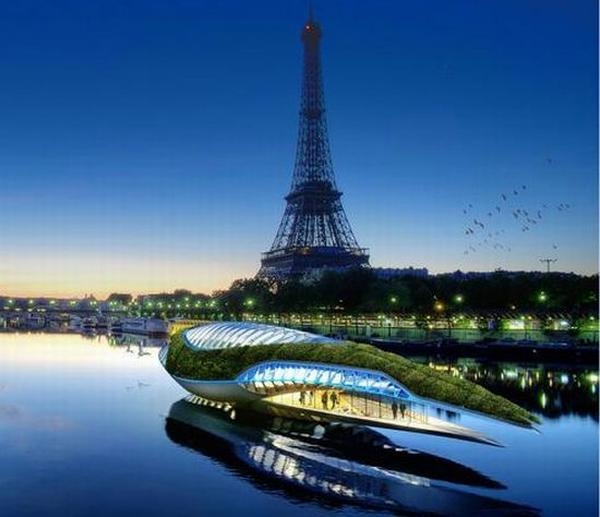Microsoft unveiled their new operating system, Windows 8, earlier this month. This new OS comes with many new features. One of the most striking ones is the new interface that has been added alongside the traditional Windows 7 one. The Windows 7 interface is designed for mouse and keyboard use with small icons and what not. The new interface is designed for touch screen, with tiles instead of icons and an overall cleaner and simpler appearance, perfect for the finger.
You might be wondering what’s the difference between a ‘Tile’ and an ‘Icon’ so a tile is basically a larger icon in which the app can show some of its contents and function even before clicking on it. For example, a tile for a weather app might show the temperature, humidity, and weather of the day. This is great for a tablet as it looks good and is large enough for the bulky finger (compared to the mouse pointer).

Although the two different interfaces are designed for different control methods, the touch can be operated by mouse and keyboard and the classic Windows 7 interface can be operated by touch, as seen in the touch screen desktops they’re selling nowadays. Also, users can easily switch between the two.
Microsoft added this new feature to bridge the gap between a PC and a tablet. Windows 8 will be able to run on both a tablet and a PC, which means that apps designed for the PC will be able to run on a tablet as well. This will be great for laptops with detachable screens that will act as a tablet once detached, such as Dell Inspiron Duo. It is very likely that such laptops will be commonplace in the near future.
There are currently no solid dates for when the beta will be released or when Windows 8 will be
available in stores. However, it is rumoured that the the beta will be released sometime this fall and the full product, sometime next fall.
For a detailed list of Windows 8's new features, click here.

































